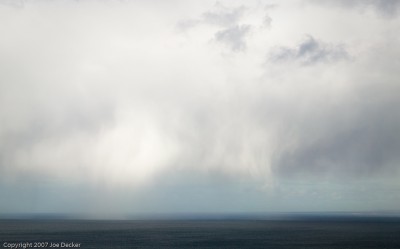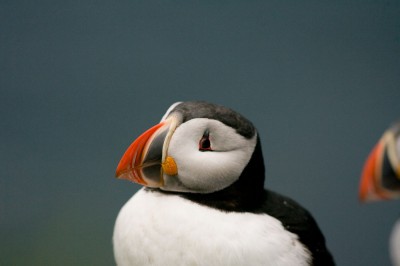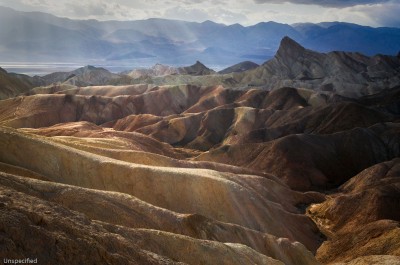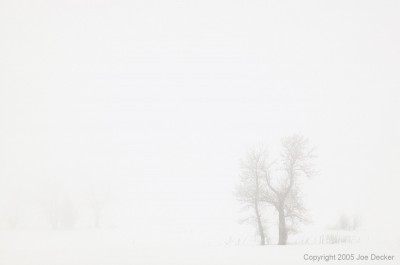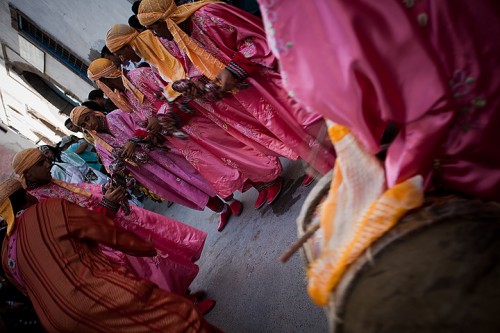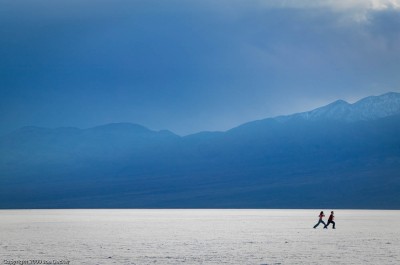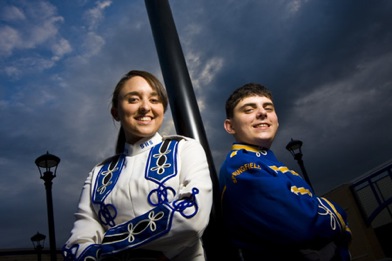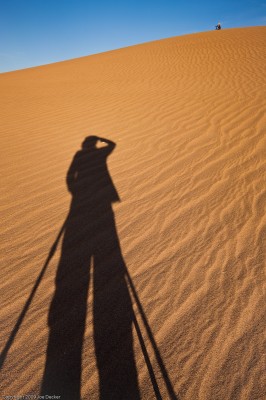The Tuesday Composition: Avoid the Middle, Man.
If you like this article, you can now get the book! Joe has expanded the “Tuesday Composition” series into an inspiring new ebook on composition, especially for nature photography. Check it out: The Tuesday Composition.
Last week we talked about working the edges of your photographs. This week, I thought we’d start taking about where we place objects in an image; I like Geir Jordahl’s metaphor of choreography. By moving around, by pointing the camera in different directions, by choosing a framing and focal length and orientation of our shot, we’re including and excluding objects from our image, changing their size and shape and moving them around within our image. While we do not have (outside of Photoshop) unlimited flexibility to rearrange our images this way, we do have quite a number of controls over where we place in our images. So, where should we put them? Where will they look best? (more…)
